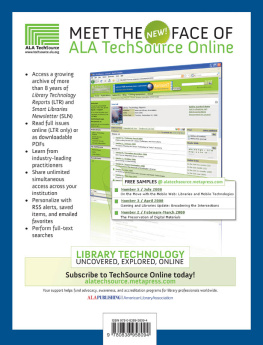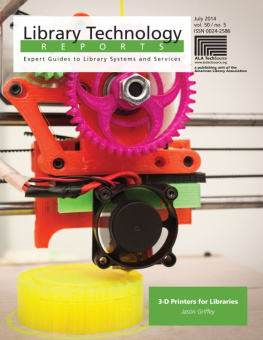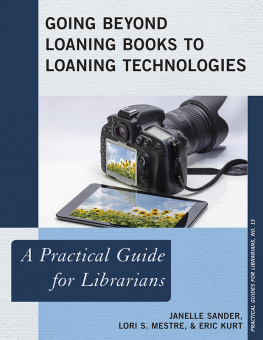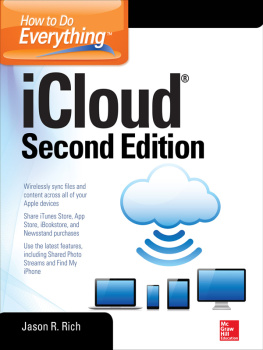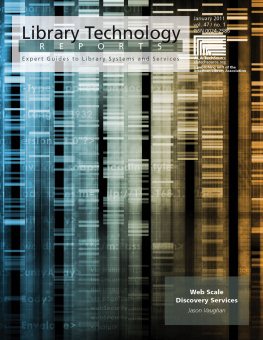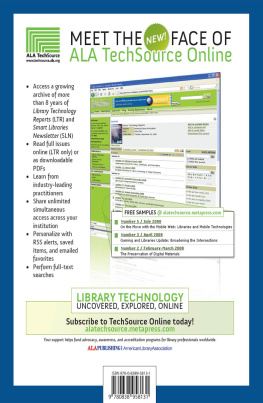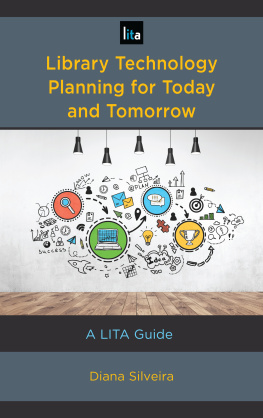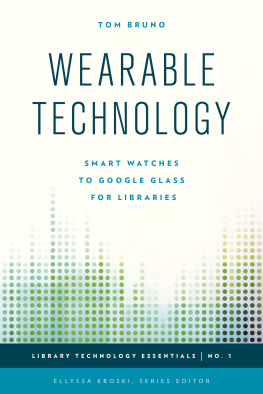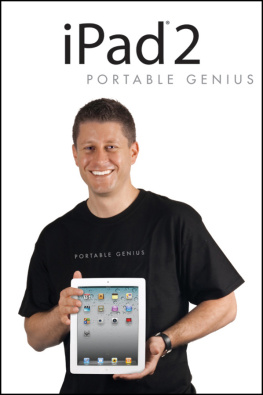Few would argue, given the rise and exponential expansion of the Internet and personal computing, with the statement that we are in the midst of an ongoing information revolution. Personal electronics, or as well refer to them in the pages of this report, gadgets, are a key component of this revolution and one that has tremendous potential to transform library services. This issue of Library Technology Reports, Gadgets and Gizmos: Personal Electronics and the Library, provides analysis of a variety of relatively low-cost gadgets, looking at features, costs, and possible applications for libraries. The report will focus heavily, but not exclusively on e-readers, a device whose popularity is increasing rapidly and has tremendous potential implications for the library world. The report will also cover a variety of multimedia capture devices, scanners, note-taking devices, and several unusual gadgets that are difficult to categorize. All gadgets will be analyzed with an eye toward the future, cost-effectiveness, performance, and functionality.
For more information about subscriptions and individual issues for purchase, call the ALA Customer service Center at 1-800-545-2433 and press 5 for assistance, or visit www.alatechsource.org.
Library Technology
R E P O R T S
American Library Association
50 East Huron St.
Chicago, IL 60611-2795 USA
www.alatechsource.org
800-545-2433, ext. 4299
312-944-6780
312-280-5275 (fax)
Advertising Representative
Brian Searles, Ad Sales Manager
ALA Publishing Dept.
312-280-5282
1-800-545-2433, ext. 5282
ALA TechSource Editor
Dan Freeman
312-280-5413
Copy Editor
Judith Lauber
Administrative Assistant
Judy Foley
800-545-2433, ext. 4272
312-280-5275 (fax)
Production and Design
ALA Production Services: Troy D. Linker
and Tim Clifford
Library Technology Reports (ISSN 0024-2586) is published eight times a year (January, March, April, June, July, September, October, and December) by American Library Association, 50 E. Huron St., Chicago, IL 60611. It is managed by ALA TechSource, a unit of the publishing department of ALA. Periodical postage paid at Chicago, Illinois, and at additional mailing offices. POSTMASTER: Send address changes to Library Technology Reports, 50 E. Huron St., Chicago, IL 60611.
Trademarked names appear in the text of this journal. Rather than identify or insert a trademark symbol at the appearance of each name, the authors and the American Library Association state that the names are used for editorial purposes exclusively, to the ultimate benefit of the owners of the trademarks. There is absolutely no intention of infringement on the rights of the trademark owners.

Copyright 2010 American Library Association
All Rights Reserved.
Table of Contents
Abstract
We are in the midst of an information revolution that has profound implications for libraries. This chapter of Gadgets and Gizmos: Personal Electronics and the Library lays the foundation for this report, summarizing why gadgets are so important for libraries and which types of devices will be covered in this report.
I ts a fairly safe assumption that when people think of libraries, they generally think of books. To many people, its not obvious that libraries predate books as a mechanism for sharing knowledge. If we think back, we can imagine a time before the book and how, once books became inexpensive and widespread, how revolutionary and democratizing the book was as a tool for sharing information. It must have been incredible to think that you could have so much text in such a compact form, and so many of them!
The technological revolution that we are going through now will make that look like a blip in history.
That sentiment may not be looked upon favorably by every librarian, but the last ten years have seen more information created, shared, and collected than in the rest of human history combined. (I cant cite a source for that, but I think its a tough statement to argue with.) The digital revolution has been the enabler, beginning with the personal computer and continuing through to the creation of the Internet and now the rise of the mobile device. Weve seen a huge shift in the last twenty years, as Moores Law has pushed microchips smaller and smaller, and cheaper and cheaper, to the point where even the least expensive digital toy you can buy has more computing power than the machines that were used to crack the German Enigma codes during World War II.
Its this level of power and portability that Im interested in exploring in this issue of Library Technology Reports. Personal electronics, or as Im going to refer to them, gadgets, are something that our patrons are using, but more important, they are a part of the future of information retrieval and sharing. They are becoming an increasingly important and even critical component of the way that information is generated and disseminated, and its important that librarians be aware of the what gadgets are available, what they can do, what they cost, and how practical they are in different settings.
In this report, Im going to be concentrating on a few general categories of gadget: e-book readers, multimedia capture devices and players, scanners, and note-taking devices. Im also going to devote a section to odd or unusual devices, since there are always plenty of gadgets that dont fit neatly into a particular category. Im going to conclude my discussion of each gadget with a wrap-up of what I saw at the Consumer Electronics Show 2010 and what we can expect to see over the next twelve to eighteen months.
There are several general categories of gadget that this book will cover, including electronic book readers (e-book readers) like the Amazon Kindle and the Barnes and Noble Nook. Well also dive into personal multimedia players, media capture devices like the Flip video camera and the Zoom H2 audio recorder, as well as scanners and note-taking helpers. If you can consume or produce it, Im going to try to find an electronic device that lets you do so more easily and cheaply than you thought possible.

